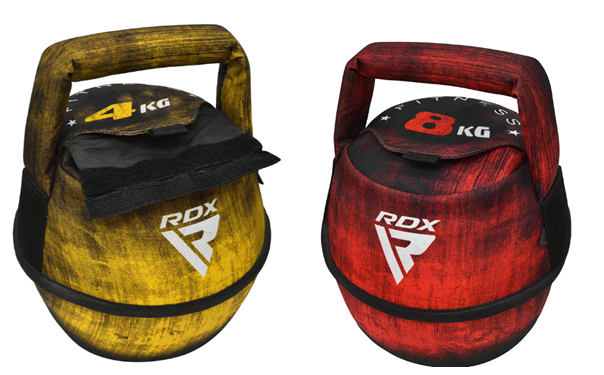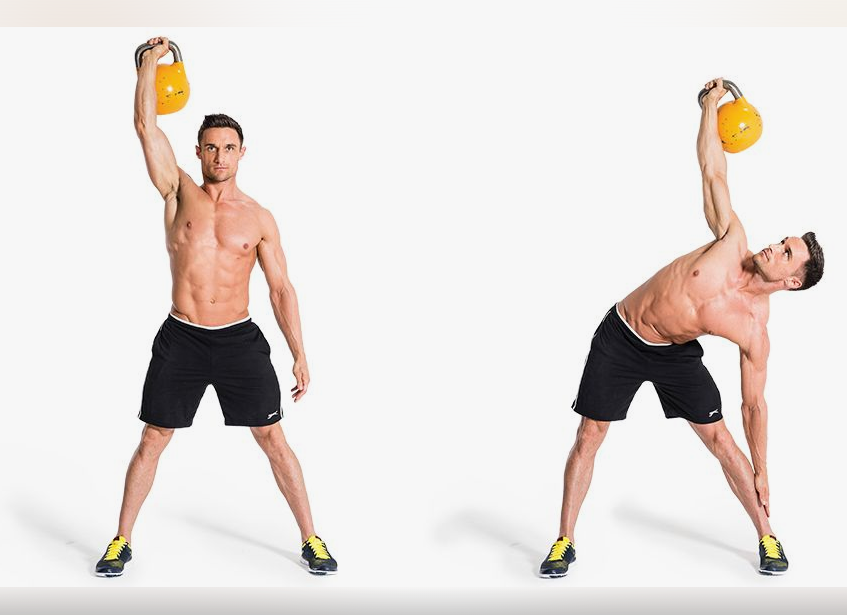
Kettlebells have gained popularity in recent years as a versatile and effective tool for strength and conditioning training. Originally used in Russia centuries ago, kettlebells have become a staple in gyms and home workouts worldwide due to their ability to provide a challenging and dynamic workout experience.
Benefits of Using Kettlebells:
Full-Body Workout:
Kettlebells exercises engage multiple muscle groups simultaneously, providing a comprehensive full-body workout in a short amount of time. From swings to squats to presses, each movement recruits muscles from head to toe, helping to build strength, endurance, and coordination.
Improved Strength and Endurance:
Regular kettlebell training can lead to significant improvements in strength and endurance. The dynamic nature of kettlebell exercises, such as swings and snatches, challenges the muscles in unique ways, leading to greater gains in strength and power over time.
Enhanced Functional Fitness:
Kettlebell exercises are renowned for their ability to replicate natural movements, thus proving highly beneficial for enhancing functional fitness. Whether you’re lifting groceries, picking up a child, or performing manual labour, the strength and stability gained from kettlebell training can translate directly to everyday activities.
Different Types of Kettlebell Exercises:
Swings:
Swings are one of the most fundamental kettlebell exercises, involving a dynamic hip-hinge movement to generate power and momentum. Swings target the posterior chain, including the gluts, hamstrings, and lower back, while also engaging the core and shoulders.
Turkish Get-Ups:
Turkish get-ups are a complex, multi-joint exercise that challenges strength, stability, and coordination. This exercise involves lying on the ground and gradually standing up while holding a kettlebell overhead, then returning to the starting position with control.
Goblet Squats:
Goblet squats are an excellent lower body exercise that targets the quads, gluts, and core. Holding a kettlebell close to the chest, perform a deep squat while maintaining an upright torso, then returns to the starting position by driving through the heels.
Tips for Choosing the Right Kettlebells:
Weight Selection:
Choose a kettlebell weight that allows you to perform exercises with proper form while still challenging your muscles. Start with a lighter weight if you’re new to kettlebell training and gradually increase as you become stronger and more comfortable with the movements.
Handle Size and Grip:
Consider the size and shape of the kettlebell handle, ensuring it fits comfortably in your hand and allows for a secure grip during exercises. A smooth, rounded handle is preferable to prevent discomfort and blisters during workouts.
Quality and Material:
Invest in high-quality kettlebells made from durable materials such as cast iron or steel. Avoid kettlebells with plastic coatings or seams that can cause discomfort and compromise safety during use.
Common Mistakes to Avoid When Using Kettlebells:
Using Incorrect Form:
Poor form can increase the risk of injury and limit the effectiveness of kettlebell exercises. Focus on maintaining proper alignment and technique throughout each movement, and seek guidance from a certified trainer if you’re unsure.
Overdoing It:
While kettlebells can provide a challenging workout, it’s essential to listen to your body and avoid over training. Start with lighter weights and gradually increase intensity and duration as your strength and endurance improve.

Neglecting Warm-Up and Cool-Down:
Neglecting the warm-up and cool-down phases of your workout can have negative consequences on your performance and overall well-being. Before diving into your kettlebell training session, it’s crucial to properly prepare your body with a thorough warm-up routine. This helps increase blood flow to your muscles, loosens up stiff joints, and mentally prepares you for the upcoming workout
A good warm-up for kettlebell training might include dynamic movements like arm circles, leg swings, hip rotations, and bodyweight exercises such as squats, lunges, and push-ups. These movements help activate the muscles you’ll be using during your workout and improve your range of motion, reducing the risk of injury.
Similarly, don’t skip the cool-down phase after your workout. Cooling down allows your heart rate and breathing to return to normal gradually, prevents blood from pooling in your extremities, and helps flush out metabolic waste products from your muscles, reducing muscle soreness and stiffness.
A proper cool-down routine might include static stretches for the major muscle groups used during your workout, as well as gentle mobility exercises to promote recovery and flexibility. Take this time to focus on deep breathing and relaxation, allowing your body to transition from the intensity of your workout to a state of rest and recovery.
By prioritizing both the warm-up and cool-down phases of your kettlebell training sessions, you can improve your performance, reduce the risk of injury, and support your body’s recovery process, ultimately helping you get the most out of your workouts in the long run.
Kettlebells Workouts for Beginners:
Basic Swing Routine:
- Perform 3 sets of 10-12 kettlebell swings with proper form and control.
- Rest for 60-90 seconds between sets.
- Focus on hip hinge mechanics and explosive hip drive.
Goblet Squat and Press Circuit:
- Perform 3 sets of 8-10 goblet squats followed by 8-10 kettlebell presses.
- Alternate between squats and presses with minimal rest between exercises.
- Focus on maintaining proper form and breathing throughout the circuit.
Advanced Kettlebells Exercises for Experienced Users:
Snatches:
- Perform single-arm kettlebell snatches for 3 sets of 5-8 reps per arm.
- Focus on generating power from the hips and maintaining a smooth, fluid motion.
- Start with a lighter weight and gradually increase as you become more proficient.
Windmills:
- Perform 3 sets of 6-8 kettlebell windmills per side.
- Focus on maintaining stability through the core and shoulders while lowering the kettlebell towards the foot.
- Start with a lighter weight and gradually increase as you improve mobility and strength.
Renegade Rows:
- Perform 3 sets of 8-10 renegade rows per arm.
- Maintain a strong plank position with wrists directly under shoulders.
- Focus on pulling the kettlebell towards the hip while keeping the core engaged and hips stable.
Safety Precautions When Using Kettlebells:
Start Slowly:
Begin with lighter weights and focus on mastering proper form and technique before progressing to heavier loads.
Focus on Form:
Maintain proper alignment and technique throughout each exercise to reduce the risk of injury and maximize effectiveness.
Listen to Your Body:
Pay attention to any discomfort or pain during workouts and modify exercises as needed to prevent injury and promote recovery.
Conclusion:
Kettlebells are a versatile and effective tool for strength and conditioning training, offering a wide range of benefits for individuals of all fitness levels. By incorporating kettlebell exercises into your workout routine and following proper technique and safety precautions, you can improve strength, endurance, and functional fitness while minimizing the risk of injury.

